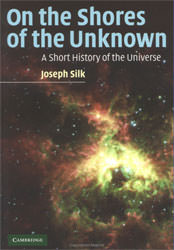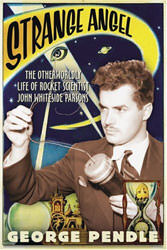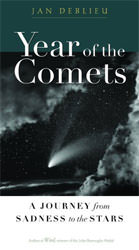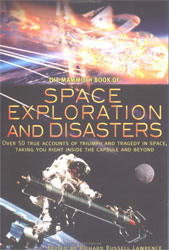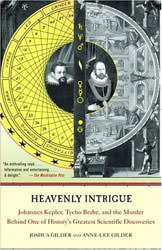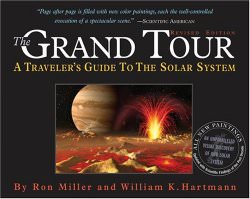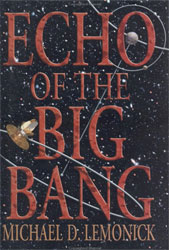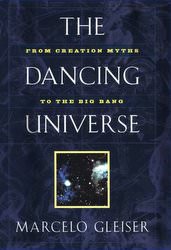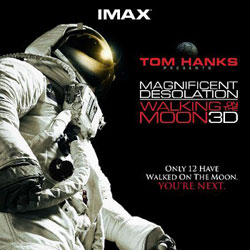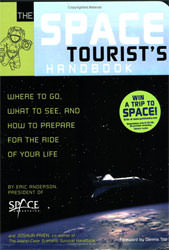
For these people, enamoured by flight and space travel, exciting new vacation retreats continually arise. There are converted aeroplanes that entice you with short tastes of weightlessness in parabolic flights. Fully bedecked astronaut wanna-be’s can experiment with neutral buoyancy while in swimming pools. Spinners rotate ever faster to experience the mind numbing pleasure of high g’s in a centrifuge. And speed demons can take flight in the fastest plane available. For those looking to the future, sub-orbital space flights are on the drawing boards of many companies. The richest elite can even experience the dream of a life time trip by taking a Soyuz taxi to the International Space Station. Certainly these wouldn’t be everyone’s idea of optimal leisure activities, but for some, they are just the needed escape from the boredom of cubicle land.
In this handbook, Anderson and Piven have a lot of fun guiding readers on how to satisfy their taste of space. In a style that’s part travel brochure, technical document and instructional manual, there’s information on space ports, flight vehicles and adaptation to off-world climates. The presentation is reminiscent of an advertising brochure for a cruise ship, even to the possibility of day trip adventures at various way points. Handy references include the Russian pronunciation for useful phrases like ‘What does this button do?’as well as items to bring with you in order to make your time most memorable. Within are even details on a chance to win a sub-orbital space flight, at least for a resident of the U.S. This contest is as real as the hadnbook’s contents, as Space Adventures has already shown their ability to deliver by orchestrating many tasty space vacations.
The book’s layout is also fairly typical for a vacation brochure or guidebook. The authors give travel tips on choices, travel prerequisites and expectations. There’s lots of neat ideas on basic destination necessities like eating, drinking, bathing and sleeping. For instance, the water is certainly safe to drink but your stomach might still get upset from the unfamiliar micro-gravity. As well, a fairly detailed description gives the low-down on that ever lasting query, how to go to the toilet while in zero gravity. Copious pages of protocol would help newbies resolve issues like; how to dine without letting food loose in the cabin, what to do when you accidentally float into another vacationer or the correct response when asked to play chess by a crew member. As any good brochure should do, it gives the reader a leg up on what to expect and hopefully avoid making too many faux pas.
Given the writing style and the travel brochure like presentation, there’s not overly much technical information. After all this is for a vacationer! Simple, light wording and humourous anecdotes keep the reader smiling. The drawings are bright and humourous such as how to appear sane during the psychological exam. Even more diagrams would have been useful as sometimes the descriptions got too wordy. More photographs and quotes would have lent further authenticity to the feel of the book. As well, there’s an overly large concentration of information regarding micro-gravity living in places like the International Space Station. Yet, very, very few readers will ever get the opportunity. However, with the quirky font and bright off-beat colours, this handbook is a far cry from any government sanctioned document on space flight and much more the travel brochure any vacationer would hope for.
Vacations are equal part dreams and reality. Imagining yourself at your destination may be all that keeps you going through the drudgeries of day-to-day work.. To keep your imagination alive try out Eric Anderson and Joshua Piven’s book, The Space Tourist’s Handbook. With this, your dreams can take you right off this world and perhaps with a bit of real hard work you may be fortunate enough to follow these dreams and put yourself in an out of this world experience.
Review by Mark Mortimer
Read more reviews online, or purchase a copy from Amazon.com.

